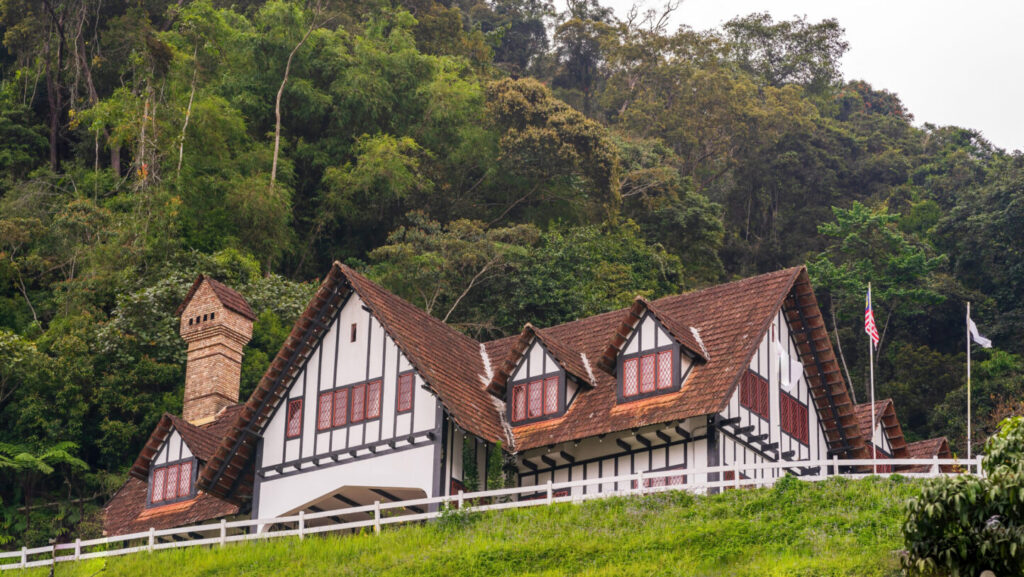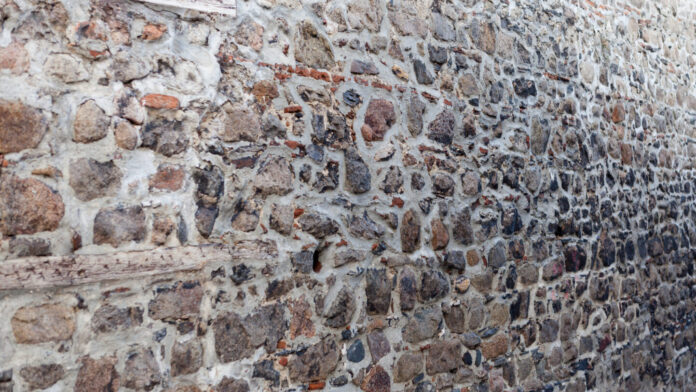By The Frontpage Journal
Across Sri Lanka, traces of a colonial past remain etched in stone, pigment, and pattern. Walk through the streets of Galle, the administrative quarters of Colombo, or the hill stations of Nuwara Eliya, and the visual legacy of three centuries of European presence quietly unfolds. From the thick ramparts of Dutch forts to the delicate strokes of British watercolors, the island’s colonial art and architecture continue to shape its aesthetic identity in subtle and enduring ways.
The Dutch, who arrived in the 17th century following Portuguese rule, left behind a robust architectural imprint. Their legacy is perhaps most vividly preserved in the fort city of Galle, where narrow cobblestone lanes and low-slung buildings with shuttered windows and terracotta roofs reflect a European sensibility adapted to tropical conditions. These buildings were not merely functional. They were expressions of authority and order, designed to blend civic control with climate resilience. The thick coral-stone walls, symmetrical layouts, and gabled roofs became a hybrid style unique to Ceylon. Today, these very elements have found new life in the boutique hotels, cafes, and galleries that now fill the Galle Fort, admired by locals and foreign travelers alike.
In addition to fortifications and civic buildings, the Dutch also contributed decorative arts. Tiles, furniture, and ornamental woodwork in coastal homes often bore the marks of European craftsmanship merged with local materials and motifs. Ebony and calamander wood chairs with Dutch silhouettes and Sri Lankan carvings remain highly prized among collectors and historians.
The British arrival in the 19th century brought a different kind of aesthetic influence, one marked by an appreciation for the picturesque and the orderly. Hill stations like Nuwara Eliya were developed in the image of English country towns, complete with rose gardens, Tudor-style cottages, and granite churches. These towns were designed to offer colonial officials a comforting resemblance to home, but they also introduced a new architectural language to the island. Even today, Nuwara Eliya’s bungalows and tea estates retain this charm, drawing both domestic tourists and international visitors seeking a unique blend of Ceylonese scenery and Victorian elegance.

Alongside buildings, the British influence extended into painting and visual documentation. British officers, missionaries, and naturalists produced a wealth of watercolors and sketches depicting local landscapes, people, flora, and fauna. These works, while often shaped by colonial perspectives, offer a rich visual archive of 19th-century Ceylon. Many of these paintings survive in museums and private collections, capturing everything from temple processions to village scenes, rainforests to railway bridges. They reflect not only artistic interest but also a form of cultural mapping, part of the colonial project to understand and govern through observation.
Sri Lankan artists of the period, too, engaged with colonial aesthetics, sometimes imitating European styles and at other times pushing back with uniquely local interpretations. The emergence of portraiture, linear perspective, and oil painting techniques among local painters was one of the more lasting influences of this cultural exchange. Churches, schools, and government offices began to incorporate this art, which slowly merged with indigenous forms over time.
Today, the colonial art legacy is visible not only in preserved structures and archived paintings but in the quiet ways it has blended with contemporary Sri Lankan design. Heritage buildings are restored with an eye to both preservation and modern function. Interior designers draw from Dutch-era motifs and British colonial palettes to create elegant, hybrid spaces. Art schools and galleries sometimes revisit colonial works to examine how power and identity were once depicted, prompting conversations about ownership, memory, and reinterpretation.
While colonialism left deep scars on Sri Lanka’s social and political fabric, its artistic legacy remains complex. It is a blend of imposition and adaptation, of control and creativity. For many, the architecture and visual culture of that era evoke nostalgia, while for others, they prompt a critical reflection on history. But either way, they continue to shape the visual story of the island.
In exploring Ceylon’s colonial art legacy, one discovers more than the remnants of a bygone era. These buildings, paintings, and designs offer a layered narrative of transformation, resilience, and the ongoing dialogue between past and present. Whether seen through the arches of a fort or the soft hues of a painted jungle, they remind us that art often survives history’s turbulence, carrying fragments of identity forward through the generations.




